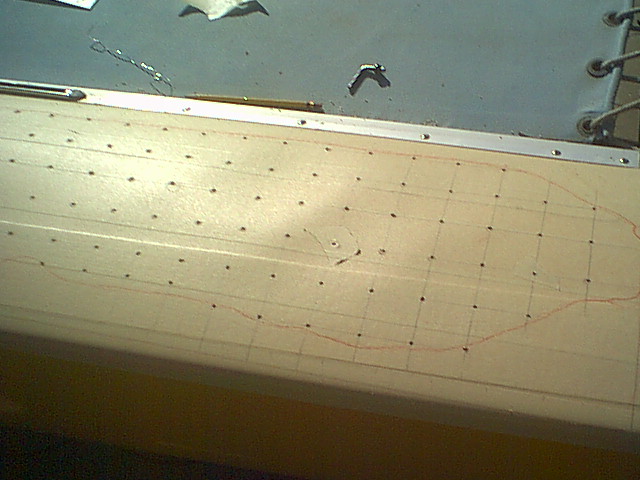I was recently gifted a @ 1987 Hobie 16. I then bought a damaged 1984 Hobie 16 for $250 mainly for the trailer but also for parts.
I got the boats home and stripped the damaged boat down and cleaned up the '87. Now I can see that all four of the hulls are in poor condition with many repairs already visible, and a good number still necessary. Call me crazy, or masochistic, or just plain dumb... but I'm thinking of fixing up these hulls.
Full disclaimer, I have little idea what I am doing. Aside from a very small amount of fiberglass work, my only "experience" is YouTube videos.
Photos Here: http://www.thebeachcats.c…ictures?g2_itemId=119192
I suppose one option would be to do a 'fast and dirty repair' (like most of the work previously done on these hulls), maybe hit 'em with a fresh coat of paint and call it a beater boat.
Another option might be to repair the hole(s) clean up some of the past patch jobs a little, and then paint it resulting in a somewhat masked finish.
What I'd like to do, but am not sure is possible, is to completely restore the hulls to a like new finish. Possible with a new color.
Your thoughts, opinions, advise, slander are freely sought here. Many thanks in advance!


















